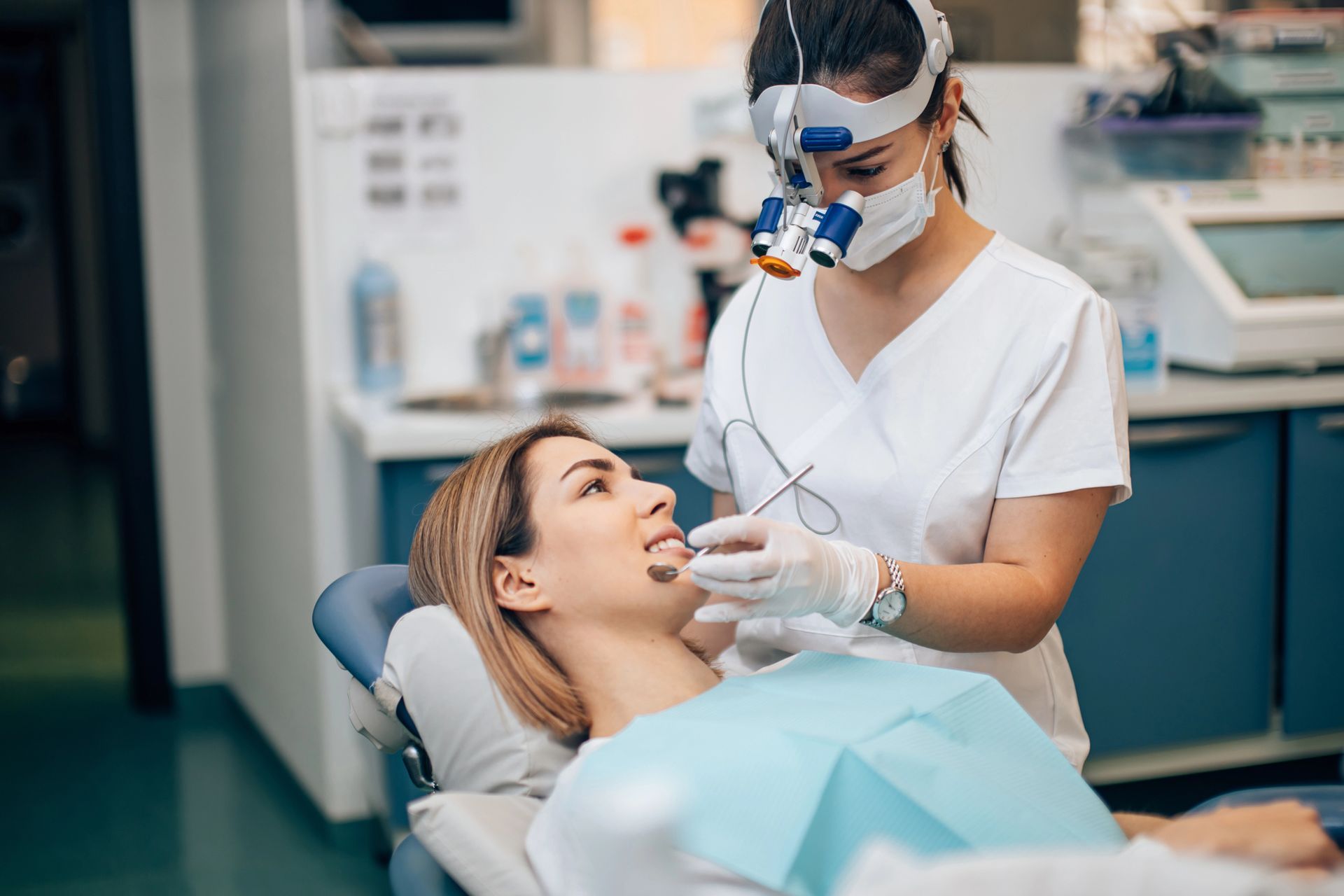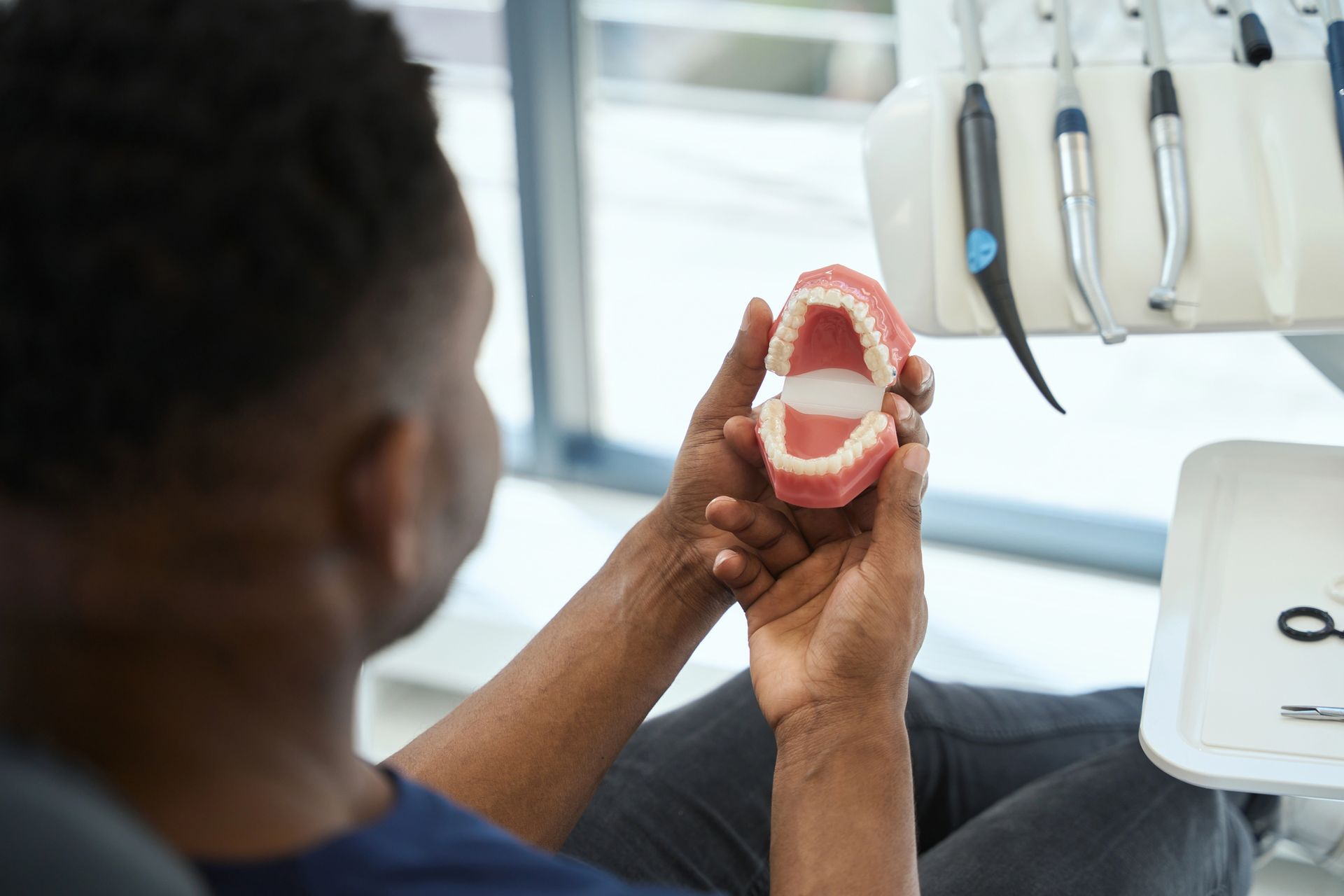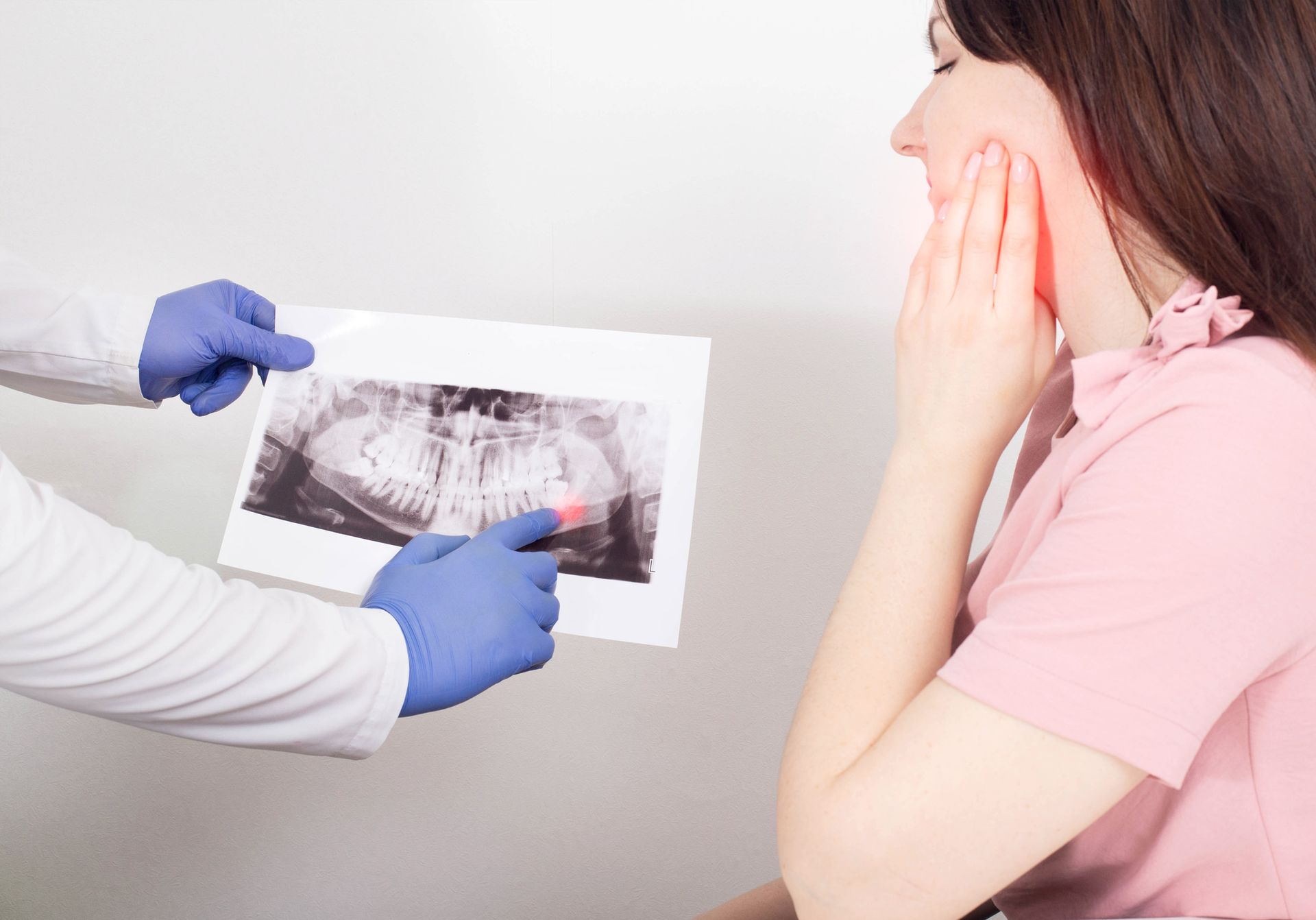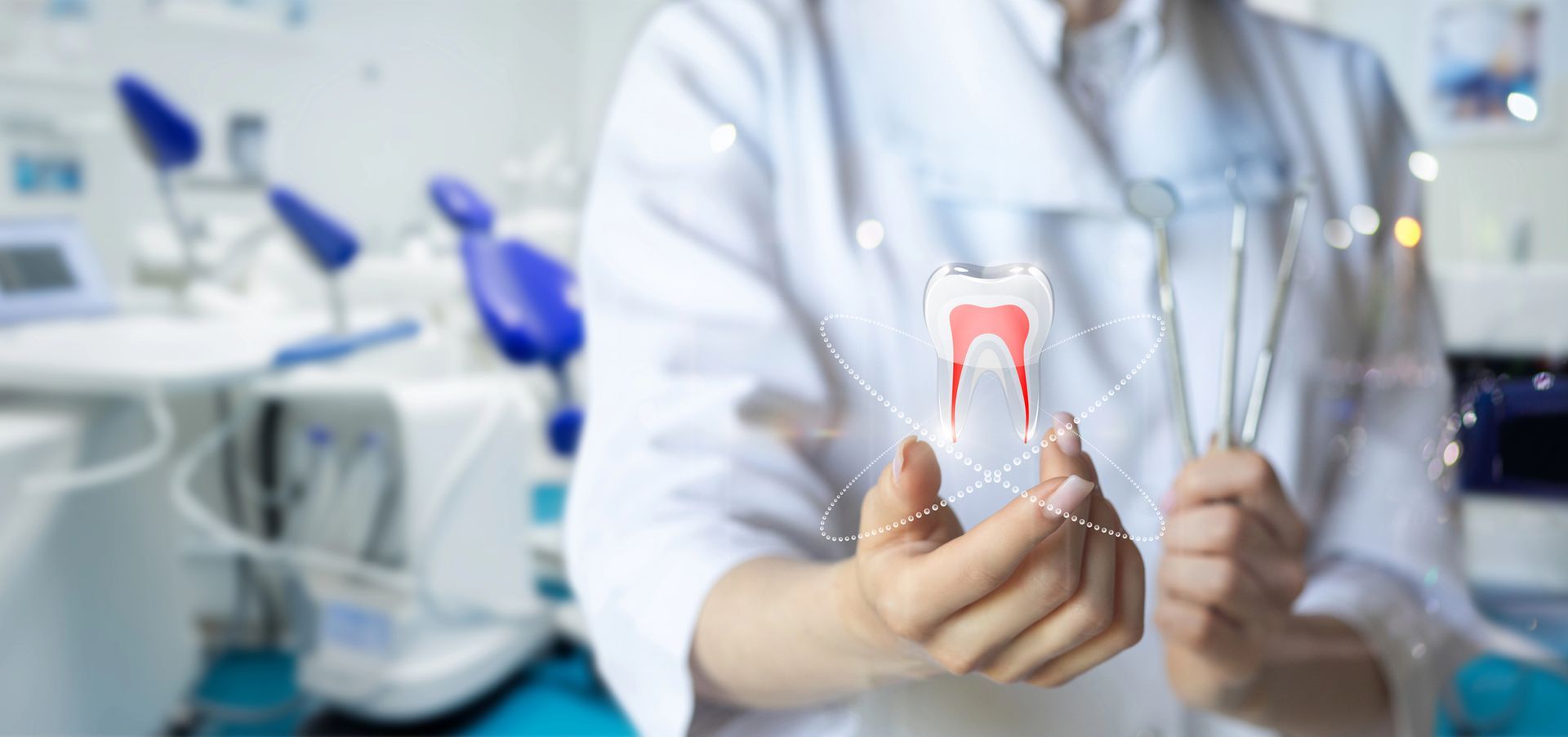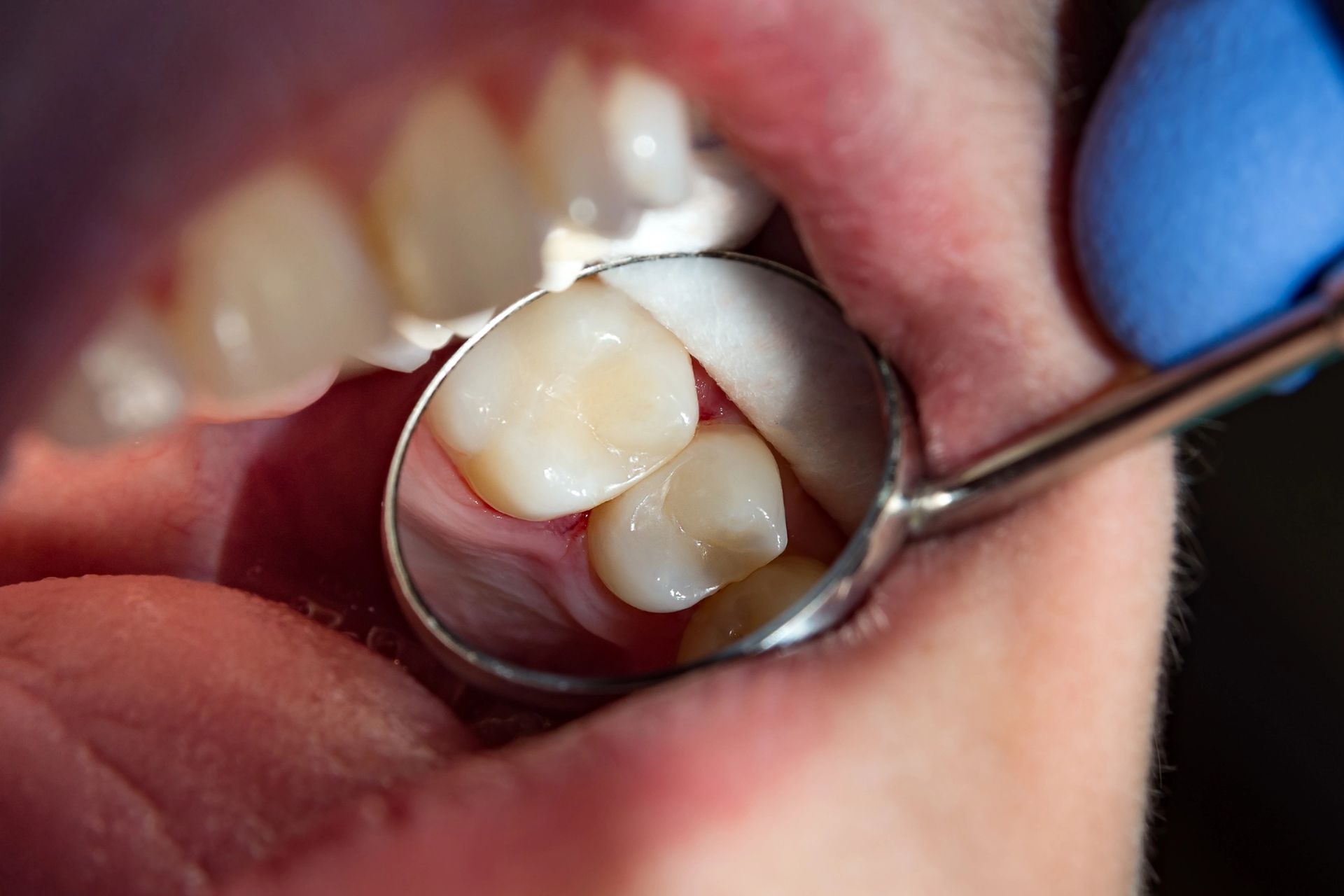
How Long Do Zirconia Crowns Last?
Zirconia crowns are renowned for their durability and strength, making them a popular choice for dental restorations. On average, zirconia crowns can last anywhere from 10 to 15 years, depending on various factors such as oral hygiene practices and the individual's lifestyle. The robust nature of zirconia material contributes to its longevity, providing a reliable solution for those seeking long-term dental restoration options. Understanding how long do zirconia crowns last can help individuals set realistic expectations for their dental care. While zirconia crowns are designed to withstand the pressures of daily use, their lifespan can be influenced by several factors, including the patient's oral habits and overall dental health. Regular dental check-ups and maintaining good oral hygiene can play a significant role in extending the life of these crowns. If you ever find yourself in a situation where your crown becomes dislodged, you might find it helpful to read more about what steps to take by visiting our page on Dental Crown Fell Off What to Do Next to Protect Your Tooth Factors affecting crown longevity The longevity of zirconia crowns can be influenced by several factors, which play a crucial role in determining how long do zirconia crowns last. One of the primary factors is the individual's oral hygiene practices. Regular brushing and flossing can help maintain the integrity of the crown by preventing plaque buildup and gum disease, which can compromise the crown's stability. Additionally, the skill and experience of the dental professional who places the crown can significantly impact its durability. A well-fitted crown is less likely to experience issues such as chipping or loosening over time. Another important factor is the patient's lifestyle habits. For instance, those who engage in teeth grinding or clenching may experience a shorter lifespan for their zirconia crowns due to the excessive pressure exerted on the dental work. Dietary choices also play a role; consuming hard or sticky foods can lead to wear and tear on the crown. Furthermore, regular dental check-ups are essential for monitoring the condition of the crown and addressing any potential issues early on. For those interested in exploring options for dental crowns, you can find more information about Affordable Dental Crowns Columbia by visiting our Affordable Dental Crowns Columbia page. Importance of Regular Dental Check-Ups Understanding how long do zirconia crowns last involves recognizing the crucial role of regular dental check-ups in maintaining their longevity. These appointments allow dental professionals to monitor the condition of your crowns, ensuring they remain in optimal shape and function. Regular check-ups can help identify any potential issues early, such as wear or damage, which might affect the lifespan of your zirconia crowns. By keeping up with these visits, you contribute to the overall health of your dental work and ensure that your zirconia crowns continue to serve you well over time.Role of Oral Hygiene Practices The longevity of zirconia crowns is significantly influenced by the role of oral hygiene practices. Maintaining a consistent and thorough oral care routine can help ensure that zirconia crowns last as long as possible. Regular brushing and flossing are essential to prevent plaque buildup, which can lead to gum disease and affect the stability of the crowns. Additionally, routine dental check-ups play a crucial role in monitoring the condition of the crowns and addressing any potential issues early on. Understanding how long do zirconia crowns last involves recognizing the impact of daily oral hygiene habits on their durability. For those in Columbia seeking more information, Design Dentistry Columbia offers insights into maintaining dental health, and you can learn more by visiting your local Columbia Dentist.
Impact of Dietary Habits
Dietary habits can significantly influence how long zirconia crowns last. Consuming a diet high in sugary foods and acidic beverages may contribute to the wear and tear of dental restorations, including zirconia crowns. These dietary choices can lead to an increased risk of decay around the crown margins, potentially compromising their longevity. On the other hand, a balanced diet that supports overall oral health can help maintain the integrity of zirconia crowns over time. Understanding the relationship between diet and dental health is essential for those looking to maximize the lifespan of their zirconia crowns.Influence of Teeth Grinding
Teeth grinding, also known as bruxism, can significantly impact how long zirconia crowns last. This involuntary habit exerts excessive pressure on dental restorations, including zirconia crowns, potentially leading to premature wear or damage. While zirconia is renowned for its durability and strength, the constant grinding motion can compromise its longevity over time. Understanding the effects of teeth grinding is crucial when considering how long zirconia crowns last, as it highlights the importance of addressing underlying dental habits that may affect their lifespan.Professional Cleaning Frequency
Understanding the professional cleaning frequency is essential when considering how long do zirconia crowns last. Regular dental check-ups play a crucial role in maintaining the longevity of zirconia crowns. During these visits, dental professionals can assess the condition of the crowns and perform necessary cleanings to prevent plaque buildup and other potential issues. While the specific frequency of professional cleanings may vary based on individual needs, maintaining a consistent schedule with your dentist ensures that zirconia crowns remain in optimal condition, contributing to their durability and lifespan.Signs of Crown Wear and Tear
Understanding the signs of wear and tear on zirconia crowns is essential for anyone curious about how long do zirconia crowns last. Over time, you might notice subtle changes such as slight discoloration or a dulling of the crown's surface, which can indicate natural aging. Additionally, small chips or cracks may appear, especially if the crown has been exposed to excessive force or grinding. These signs can serve as indicators that the crown is experiencing normal wear, which is a factor in determining its longevity. Regular dental check-ups can help monitor these changes and assess the overall condition of your zirconia crowns.htmlWhen to Consult a Dentist
Understanding how long do zirconia crowns last is essential for maintaining optimal oral health. While zirconia crowns are known for their durability and longevity, regular dental check-ups are crucial to ensure they remain in good condition. If you notice any discomfort, changes in bite, or visible damage to your crown, it may be time to consult a dentist. Regular professional evaluations can help identify potential issues early, ensuring that your zirconia crowns continue to function effectively and maintain their aesthetic appeal over time.Conclusion
Understanding how long do zirconia crowns last is essential for maintaining a healthy smile. For more information, call 803-408-7163 or [read reviews on Google Maps](https://maps.app.goo.gl/Mn6Pt8Sw7v1e67Za8).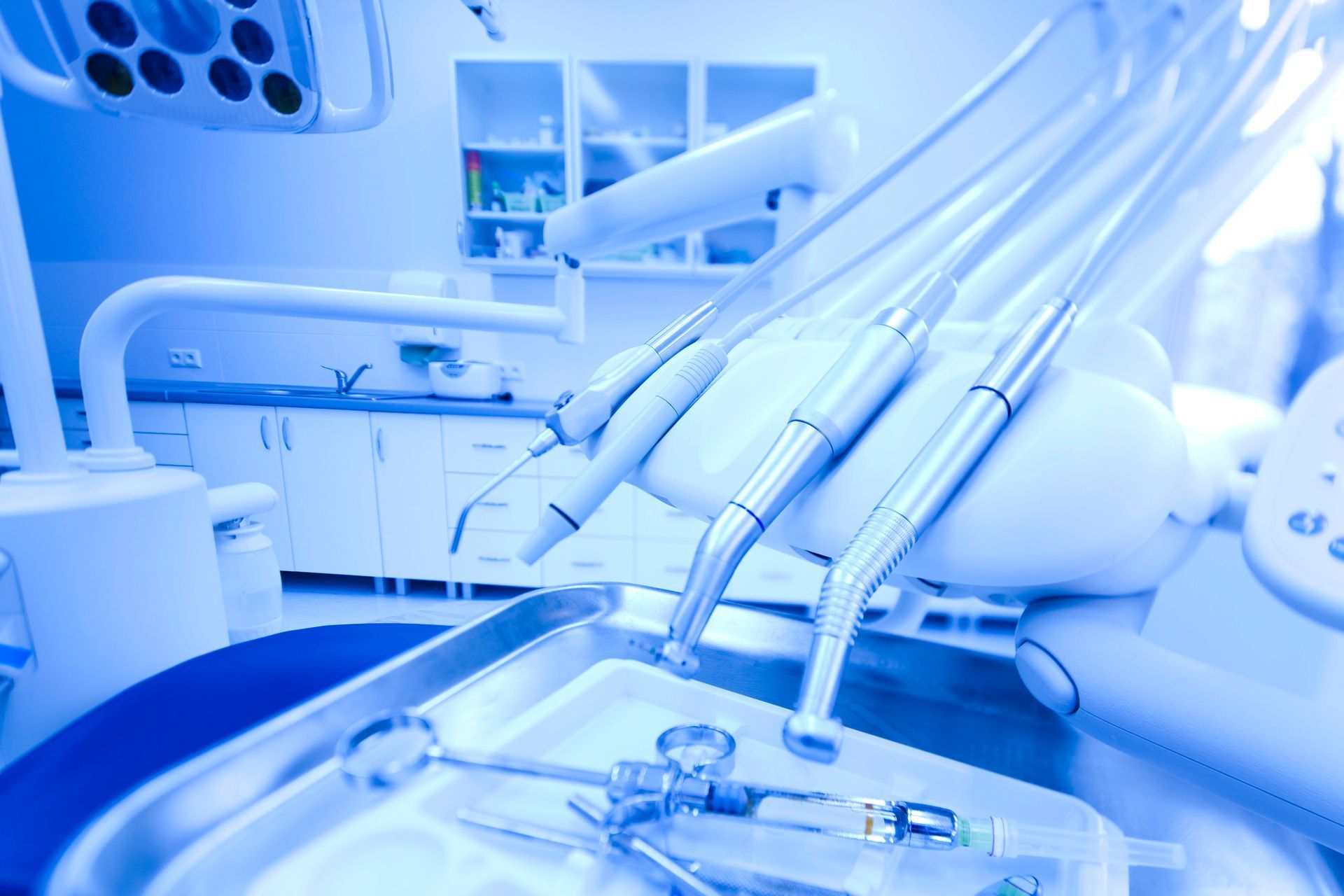
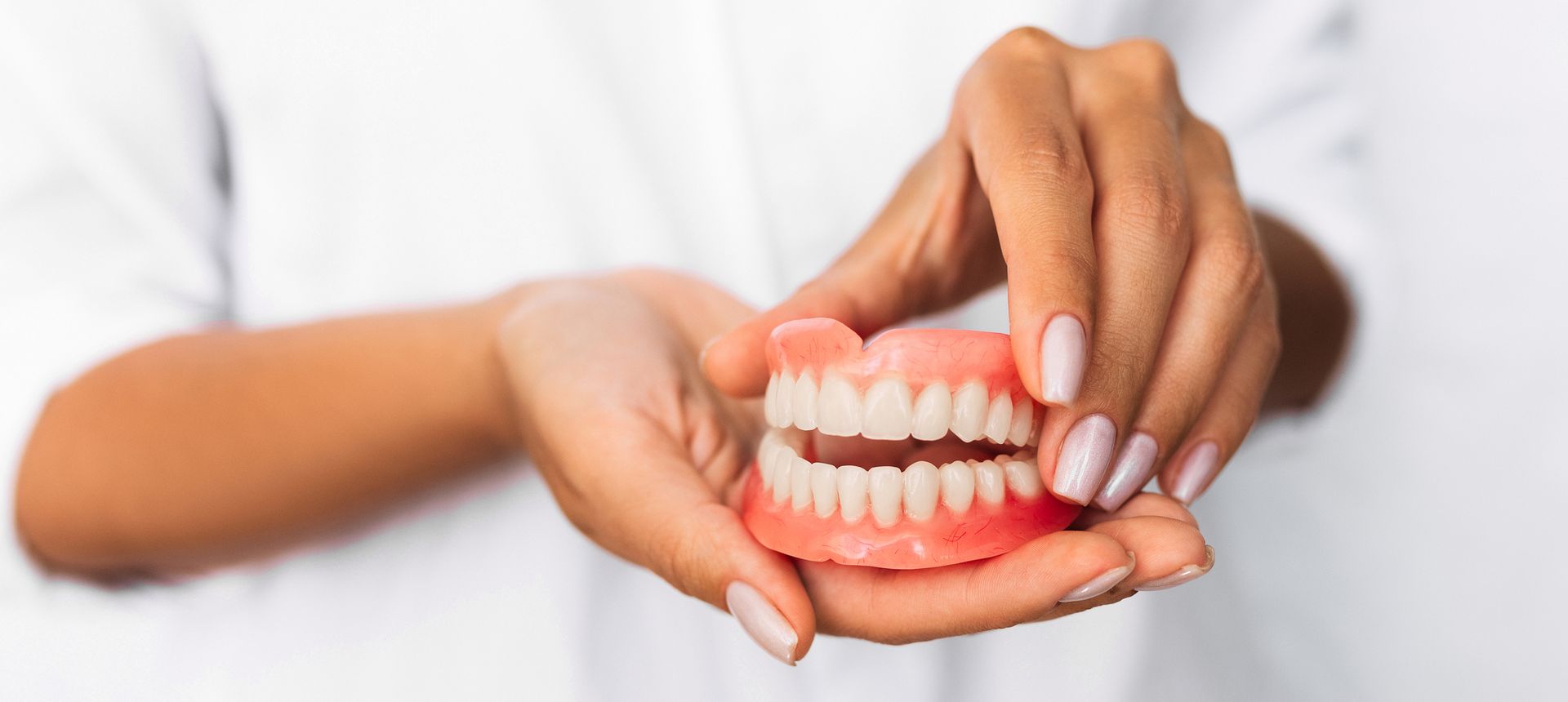
What Is the Dental Crown Procedure Like?
The dental crown procedure involves several key steps, from the initial consultation to the final placement of the crown. This step-by-step guide will walk you through the entire process, ensuring you know what to expect at each stage.
Dental Crown Procedure: Initial Consultation and Examination
The dental crown procedure begins with an initial consultation and thorough examination. During this first visit, your dentist will assess the overall health of your teeth and gums to determine if a dental crown is the best solution for your dental needs. This step is crucial as it helps identify any underlying issues, such as tooth decay or gum disease, that might affect the success of the crown. Your dentist may also take X-rays to get a detailed view of the tooth's structure and surrounding bone.
Once the examination is complete, your dentist will discuss the findings and explain the next steps in the dental crown procedure. This is also the time to ask any questions you may have about the process, materials used, and expected outcomes. For more information on the various options available, you can read our guide on What Are the Different Types of Dental Crowns and Which Is Right for You?.
Tooth Preparation Process
The tooth preparation process is a crucial step in the dental crown procedure. During this phase, the dentist will first numb the area around the affected tooth to ensure comfort. Next, the tooth is reshaped to make room for the crown. This involves removing a portion of the tooth's outer structure to allow the crown to fit snugly and securely over the remaining tooth.
After reshaping, an impression of the tooth is taken to create a model for the custom crown. This impression ensures that the crown will fit perfectly and align properly with your bite. For more information on dental crowns, visit our page on Best Dental Crowns Columbia.
Taking Dental Impressions
Taking dental impressions is a crucial step in the dental crown procedure. The dentist will use a putty-like material or a digital scanner to create an accurate mold of your teeth. This impression captures the exact shape and size of the tooth that needs the crown, as well as the surrounding teeth, to ensure a precise fit and proper bite alignment. The detailed impression is then sent to a dental lab where the custom crown is crafted to match your natural teeth seamlessly.
Temporary Crown Placement
After your tooth has been prepared and an impression has been taken, a temporary crown is placed to protect the tooth while your permanent crown is being crafted. This temporary crown is typically made from acrylic or composite material and is designed to cover the prepared tooth, ensuring it remains functional and protected from sensitivity or damage. The temporary crown is secured with a temporary adhesive, allowing for easy removal once your permanent crown is ready. For more information on dental procedures, visit Design Dentistry Columbia and consult with a Columbia Dentist.
Choosing Crown Material
One of the essential steps in the dental crown procedure is choosing the right crown material. The material you select can impact the durability, appearance, and overall success of your dental crown. Various materials are available, each with its own set of characteristics that can influence the outcome of the dental crown procedure. Your dentist will discuss the options with you to ensure that the chosen material aligns with your specific needs and preferences.
Permanent Crown Fabrication
A crucial step in the dental crown procedure is permanent crown fabrication. After your dentist has taken precise impressions of your teeth, these molds are sent to a specialized dental lab where skilled technicians craft your custom crown. This process ensures that the permanent crown fits perfectly and matches the natural color of your teeth. Typically, it takes about two to three weeks for the permanent crown to be ready. During this time, you will wear a temporary crown to protect your tooth. Once the permanent crown is fabricated, your dentist will remove the temporary one and securely bond the new crown in place.
Fitting the Permanent Crown
The final step in the dental crown procedure is fitting the permanent crown. Once your custom crown is ready, your dentist will remove the temporary crown and clean the area. The permanent crown is then carefully placed and adjusted to ensure a perfect fit. Your dentist will check your bite and make any necessary modifications to ensure comfort and functionality. Finally, the crown is cemented into place, restoring your tooth's appearance and strength.
Final Adjustments and Polishing
The final stage of the dental crown procedure involves meticulous adjustments and polishing to ensure a perfect fit and natural appearance. Once the crown is placed, your dentist will check the bite and make any necessary modifications to ensure it aligns seamlessly with your other teeth. After adjustments, the crown is polished to match the sheen of your natural teeth, providing a flawless finish. This attention to detail enhances aesthetics and ensures optimal functionality and comfort.
Post-Procedure Care Instructions
After undergoing a dental crown procedure, it's crucial to follow specific post-procedure care instructions to ensure optimal healing and longevity of your new crown. Immediately after the procedure, avoid eating until the numbness from the anesthesia wears off to prevent accidental biting of your tongue or cheek. For the first 24 hours, stick to soft foods and avoid chewing on the side of your mouth where the crown was placed. Maintain excellent oral hygiene by brushing twice daily and flossing carefully around the crown to prevent plaque buildup. If you experience any discomfort or sensitivity, over-the-counter pain relievers can help, but persistent pain should be reported to your dentist. By adhering to these guidelines, you can ensure a healthy, long-lasting restoration.
Conclusion
Understanding the dental crown procedure can help ease any concerns you may have. For more information, call 803-373-1069 or read reviews on Google Maps.

